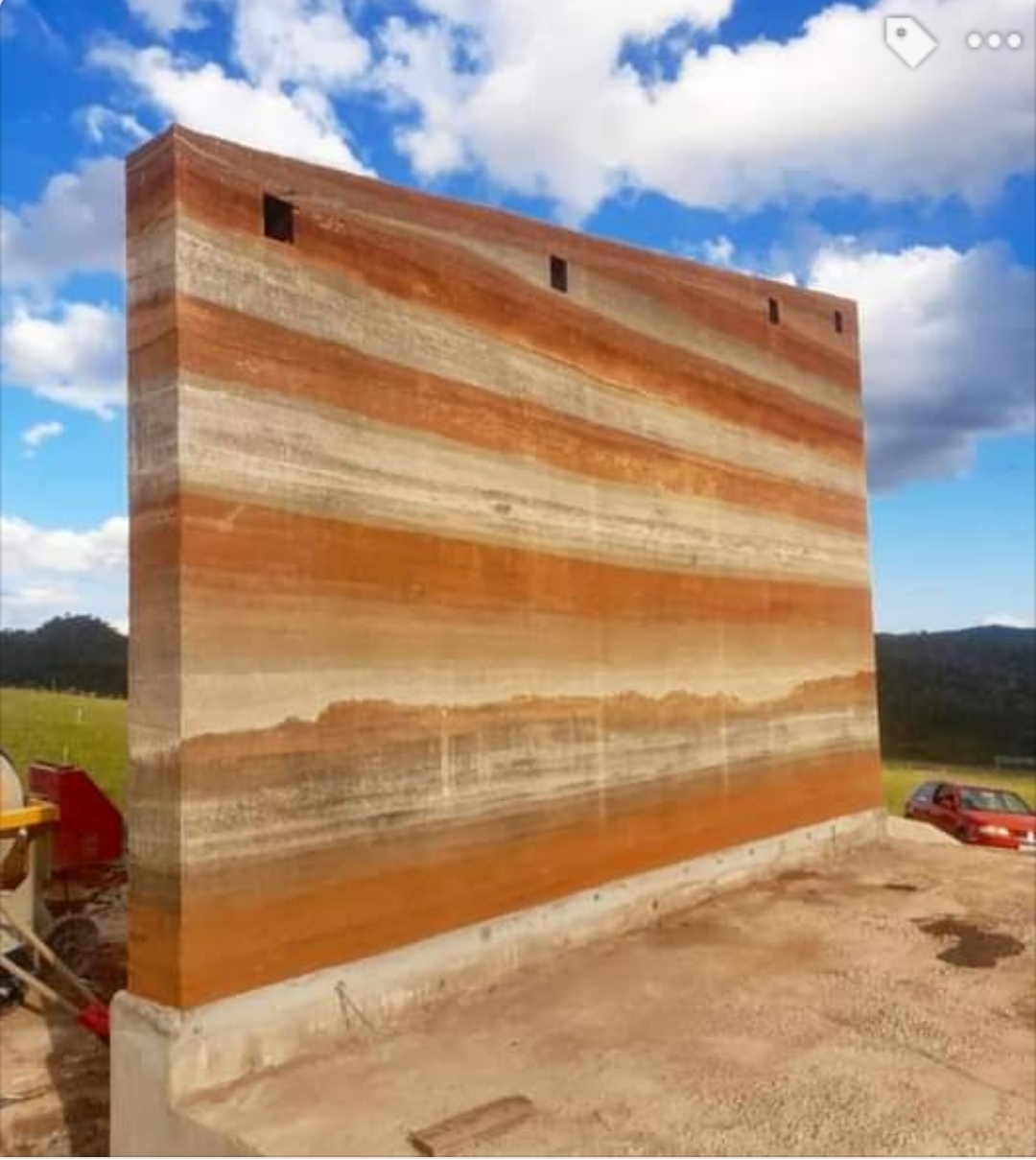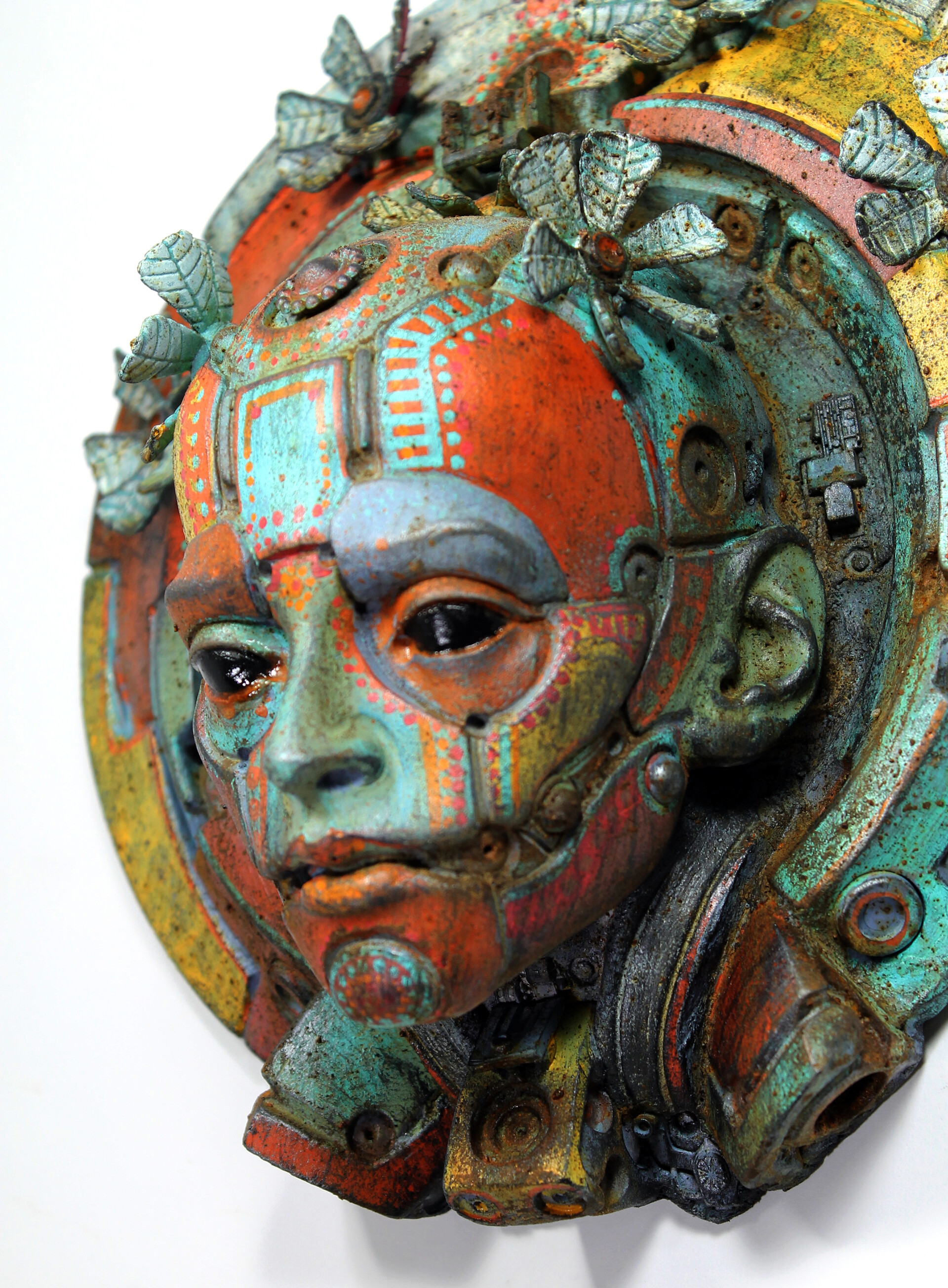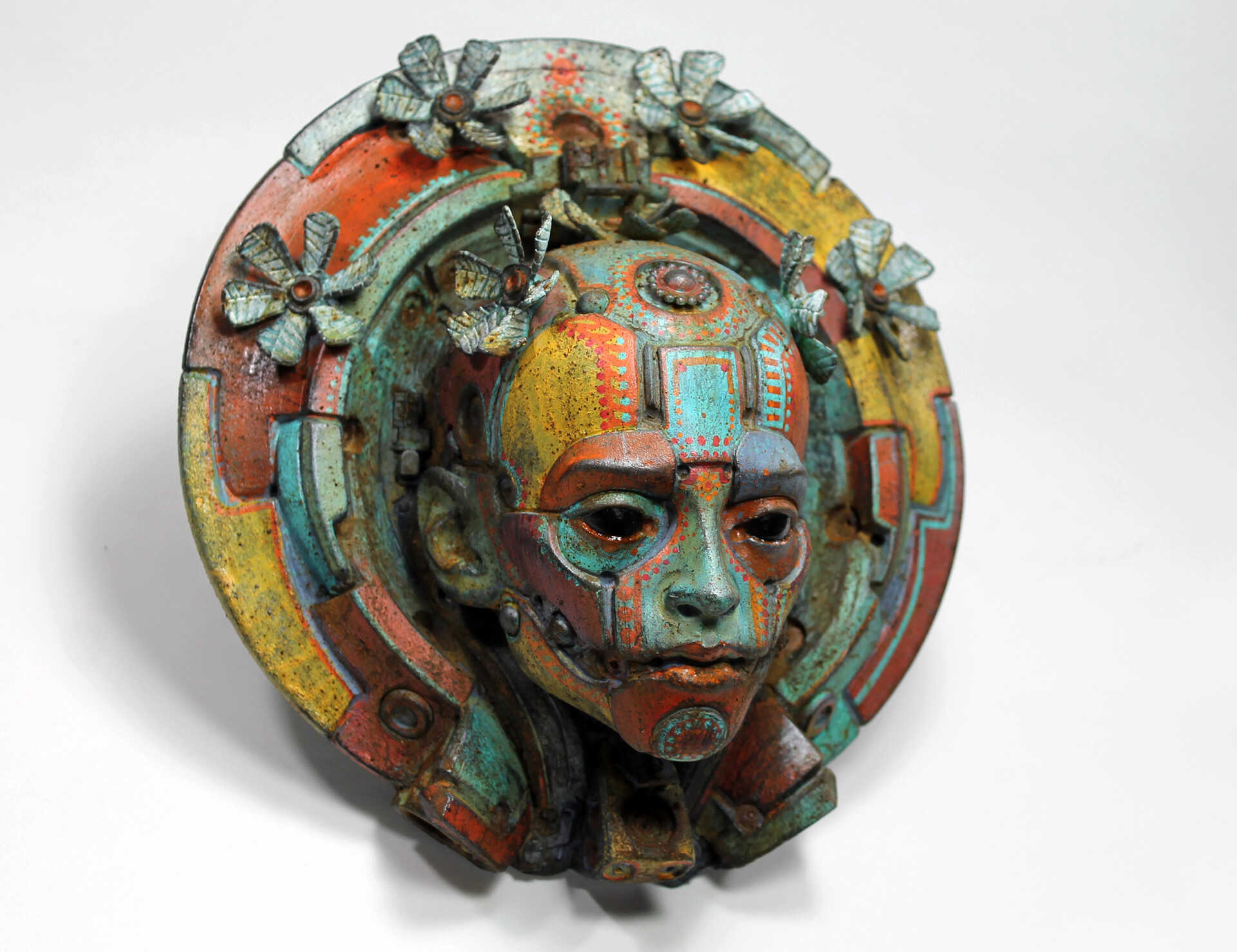2 Likes
2 Comments
1 Shares

Somehow, that claymation gif reminded me of the old yet still ongoing? awesome series called; Pat & Mat (in some nations they are called; two good neighbours)

Ancient civilizations, built huge buildings using nothing but earth, either reinforced with hay, or simply pressed to create bricks that lasted centuries.
Ancient city of Bam in south central Iran and Saana in Yemen are examples of such amazing building method that helps keeping the interior cool in summer and warm in winter while it's beauty and simplicity made it last generation after generation.
Bam was almost completely destroyed after the devastating earthquake of 2003 and Saana is partially destroyed by almost decade long brutal war by Saudi and UAE against the people of Yemen.
There are people now who are trying to spread the knowledge about this cheap, reliable and beautiful way of building houses in warm climates. Combined with modern technology to use concrete foundation and use barbeife to reinforce the layers, these buildings can be made at a fraction of the cost of those using concrete blocks or bricks. Plus they have almost 0 carbon footprint and do not need any energy to process them before being pressed by hand or machine to create such magnificent beautiful walls. They are so beautiful that they don't even need paint.
It is possible to make them last longer by adding an extra layer of water proof plaster on top or just simply leave them as they are and they will withstand the rain and wind for many decades without losing their strength or beauty.
#RammedEarth #Bulding #Clay #Bam #Saana #Iran #Yemen #GlobalWarming #ClimateChange #Techbology #Living #Construction #Housing
https://tomasbarcelo.artstation.com/projects/bKOwdo

#TomàsBarceló #clay #plaster #resin #recycled-objects #sculpture #art


#ceramics #pottery #clay #functionalceramics #warrenmackenzie #art #craft #maker
What makes a pot satisfying?
"It has to feel good in the hand. You have to like its weight, its balance, its texture, its rhythm, its relation to your own body. The lip of a pot for drinking has to feel good against your lips. You have to enjoy the warmth and texture of a bowl when it is full of hot soup. The easy rhythm of a wooden spoon as it stirs in a mixing bowl makes that bowl feel as well as look all the more right.
"In our society we have become a lot more visual than tactile. Television, movies and other means of mass communication separate us from actual experience. They prepackage and edit our values for us -- values which in the past could only be gained through experiencing things directly. The sense that has declined most of all, I think, is touch. Its almost as though having tactile communication directly with objects, or with other people, is somehow less acceptable than communication by sight or ear -- and maybe is even slightly obscene.
"Yet pottery get its shape from the hands of the potter, from the pressure of palms and fingers in wet clay. Potters' statements are made through their hands. Surrounded as we increasingly are in our modern age by industrially made things, we are losing our sense of the variety and subtlety of surfaces. The metal of a kitchen appliance in London is the same as the metal of a car door in Montreal. The plastic of a television casing in Tokyo is as predictable as the plastic of a counter top in Sydney, Australia. We even imitate in plastics the visual quality of hand-polished stone, or the grain of varnished woods, or the image of terracotta tiles -- but without getting to experience their tactile quality. It seems to me that surfaces like these are made specifically to atrophy our need to explore and know at first hand with our fingers and bodies. Tactile knowingness is edited and prepackaged for us through sight alone. And because we are in danger of forgetting how to touch sensuously, we are in danger of losing our ability to read and enjoy the cultural vocabularies of tactility. Brancusi was right on target when he called one of his smooth white marble pieces Sculpture for the Blind."
-- Warren MacKenzie, American Potter